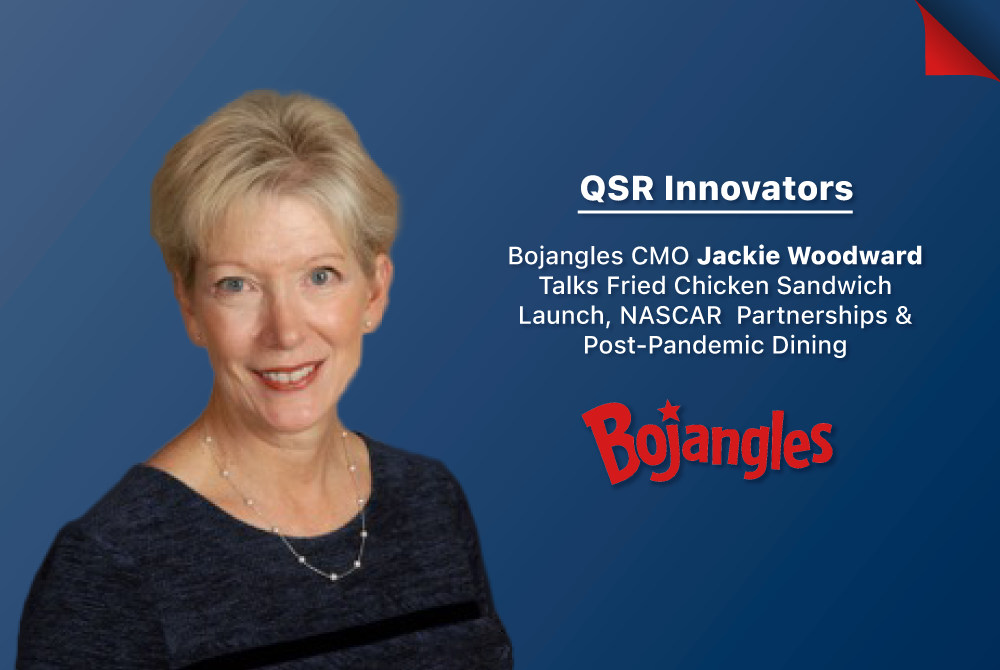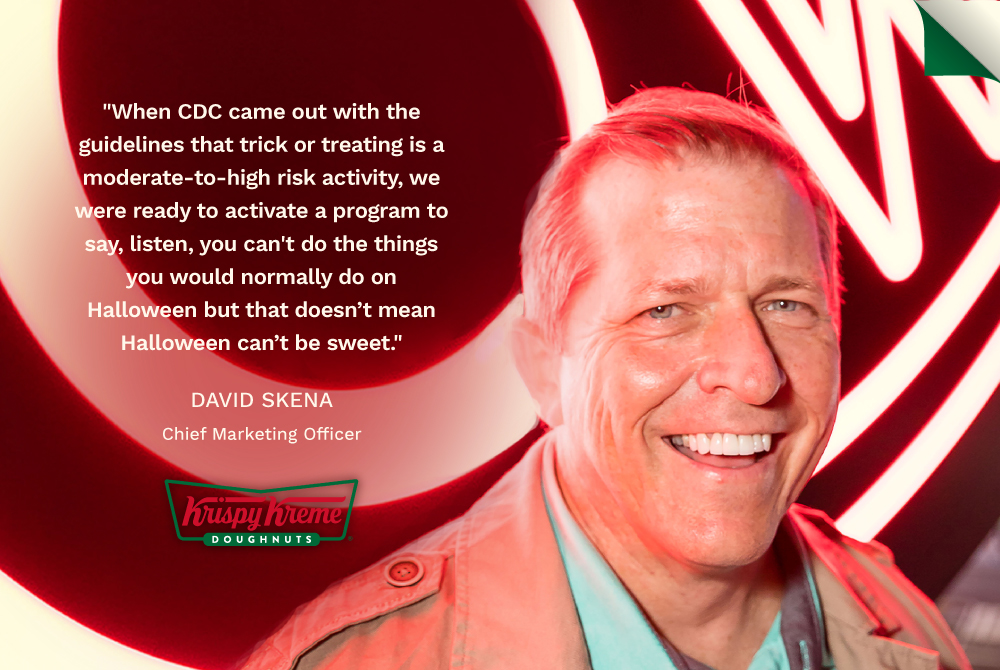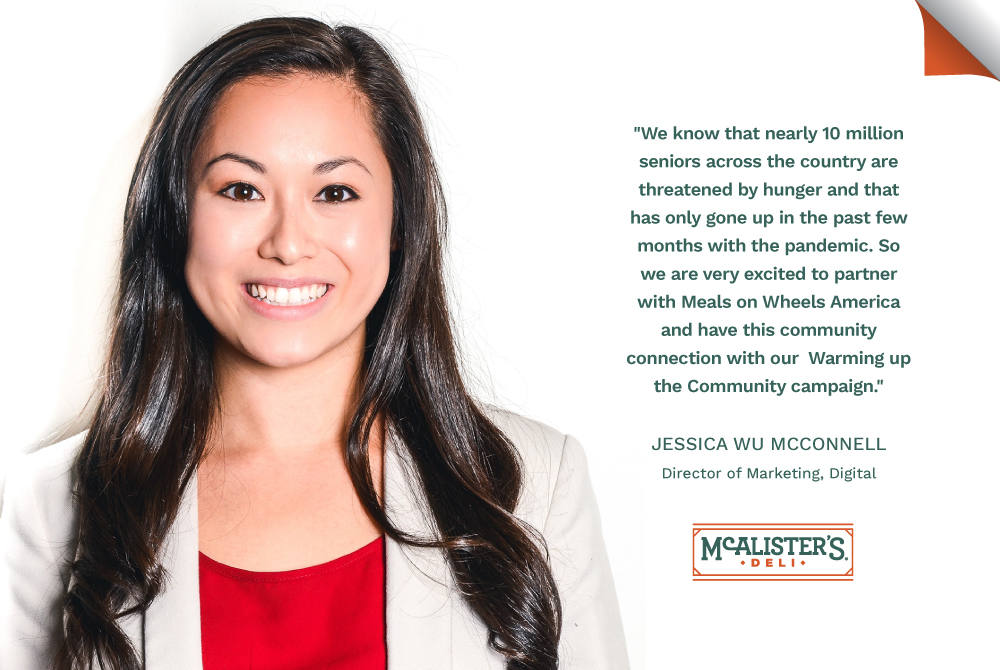In mid-January, Beyonce launched the latest capsule of her Ivy Park clothing collection — its first collaboration with Adidas — with a marketing strategy that involved A-list celebrities and influencers unboxing videos that sparked a massive social media blitz. Unsurprisingly, the collection, which used an orange and maroon color palette, sold out almost instantly.
But people on social media noticed the color palette is nearly identical to Popeyes’ color palette. Popeyes and its agency, Miami-based GUT, noticed this conversation on social media, and within days, did a photoshoot of employees in their Popeyes uniforms in an homage to the Ivy Park collection. Along with this homage, the brand launched its own clothing line — essentially the Popeyes uniforms for sale to the public — on its website and, in a short amount of time, also sold out.
The move garnered significant earned media and showed how quickly Popeyes could react to pop culture moments. It was just the latest in a long string of efforts that brought Popeyes into the zeitgeist. It was also a favorite of Paloma Azulay, who joined the company in January as global chief marketing officer, and the latest in a long line of creative ideas the brand has successfully executed in the last year.
“No one would have imagined that people would want to buy Popeyes uniforms,” says Azulay. “But because [the uniforms] looked so similar to Ivy Park and because the photoshoot was so well executed, it sold out in one day,” she adds, noting that Popeyes earned billions of impressions with this single idea.

Azulay, a Brazil native, joined the company just months after the August 2019 launch of its wildly popular chicken sandwich and in the midst of explosive sales growth. She was already part of the Restaurant Brands International group — which owns Popeyes, Burger King and Tim Hortons — having been at Tim Hortons since 2018 serving as global creative head and then its CMO. Prior to that, she spent her career at Coca-Cola, working her way up in various marketing positions since 2004 in Rio De Janeiro and Vienna, before moving over to Tim Hortons.
Most CMOs would probably love to be in Azulay’s shoes, inheriting a brand in the midst of explosive sales growth. It puts her in a position that is both challenging and exciting. Among the considerations on her mind are maintaining that growth and doing so while millions of people are still sheltering in place.
Popeyes was arguably the brand of the year, thanks to the August launch of its chicken sandwich and the savvy marketing efforts that spoke perfectly to its audience. It was easily the most talked-about food product in the country. With millions of posts about it, the social media conversations were the envy of other brands, and customers willingly stood in long lines. Within a couple weeks of its Aug. 12 launch, the sandwich sold out. (It became available again later and is now a permanent menu item.)
“The team didn’t think it would sell out in a few weeks,” said Azulay. “But what this did was show that Popeyes is almost like a sleeping giant. The potential for this brand can be much bigger than we imagined, so we are managing it with big dreams and a big vision to modernize the brand. It’s almost like a new era for the brand.”
The sales numbers Popeyes has achieved since the launch are almost unheard of in the category. In the third quarter of 2019, sales increased 10.2%, even though the sandwich was available for only a couple weeks before selling out. And sales remained strong: In the first quarter of 2020, parent company Restaurant Brands International said Popeyes’ sales jumped a whopping 26.2% (and that’s including a relatively flat last two weeks of March when the global quarantine period started taking place).
As part of the launch of the chicken sandwich, Popeyes launched countless social media executions across a range of platforms with a strategy designed to drive awareness, engagement and, of course, sales.
The buzz was so substantial that it prompted Popeyes’ much larger rival Chick-Fil-A to tweet, “Bun + Chicken + Pickles = all the [love] for the original.” Though it was a vague tweet, everyone knew it was a swipe at Popeyes. Within two hours, Popeyes responded with a snarky, “…y’all good?”

“The frenzy around the sandwich scaled up, and the way Popeyes managed the social conversation and reacted to the Chick-Fil-A tweet made it very culturally relevant,” said Azulay. “People started thinking about Popeyes in a way they never had before. And it was all done with a marketing strategy that was pretty unconventional. We didn’t rely on a TV ad inviting people in. It was all digital-centric, word-of-mouth and PR-driven.”
Brand Innovators caught up with Azulay on a video chat from her home in Miami, which she recently moved to after living in Toronto for her job at Tim Hortons, to discuss the opportunities that lie ahead for her and Popeyes, consolidating work at one agency, her career path, digital acceleration, and how she plans to keep Popeyes as relevant as it has been. Azulay will also be speaking at the Brand Innovators Liveast “Women in Marketing on June 25. Click here to register.
This conversation has been edited for length and clarity.
You’ve had extensive experience in CPG through your time at Coca-Cola. What made you first interested in CPG? What made you want to make the switch to QSR from CPG, and what brought you to Popeyes?
I feel like many people try to plan their careers but you cannot plan everything in life. Certain opportunities appear in front of you and they often force you to develop and get out of your comfort zone. For me, that was Coca-Cola. I learned everything I know about marketing at that company. As far as taking the leap into a different category, at some point every marketing professional feels like they are in repetition mode and repeating the same marketing playbook and you start wanting to see the brand from a different perspective. When I met Axel [Schwan] he was CMO at Tim Hortons, and followed a lot of the Great work that [Burger King CMO] Fernando Machado did at Burger King. I was curious to see how RBI, a big company, managed to do a lot of innovative work at the speed of a startup.
What was attractive to me was the combination of both worlds: a fast-paced culture, but still with big brands. I wanted to leave my comfort zone, and I always loved the restaurant industry through my time working at Coca-Cola. So for me it was a bit of a natural move. And with this move, I am still working with Coca-Cola, because Coca-Cola is in so many restaurants. This change for me was ultimately driven by the change of culture and experiencing a different corporate culture.
You weren’t yet at Popeyes when the chicken sandwich launched, but it’s arguably one of the most successful launches in fast food history. What innovations is Popeyes looking at from a product perspective? How do you top the chicken sandwich?
Many brands when they launch something successful they want to jump to the next thing. In the case of the chicken sandwich, we broke the internet and it was probably the most successful launch in QSR history. But we have a massive opportunity to make more people try the sandwich. Popeyes is still limited to a certain number of restaurants in the U.S., so it’s still not a very convenient brand and not easy to find everywhere. Many people heard about it but didn’t try. Right now we’re also really taking the time to look at the basics, we’re really focusing on the permanent menu.
We’re also expanding many restaurants in the U.S. and globally. We just opened our first flagship in Shanghai with a very modern look. We’re expanding more around the world and we have a pipeline of people who are interested in bringing Popeyes to the world. It’s almost like Popeyes was a secret among Americans and now it’s getting a lot of mass traction globally, but without removing its authenticity.
How are you planning on sustaining the interest in the sandwich for the next year or so?
When the pandemic started we were all apprehensive. But we keep growing and growing even though the pandemic is happening. We’re pushing delivery, of course, but Popeyes is a food of comfort, so the need for our chicken couldn’t be higher than it is now. So we are really taking advantage of this enhanced relevance.
We also have a lot of people still trying it for the first time. We’re seeing a lot of posts now where people are saying they finally tried it. We’re going to reach a moment where the sandwich won’t be a novelty anymore — it will become a classic product people want to enjoy on a frequent basis. We want it to become an iconic product not only in the U.S., but around the world, in the same way that the Whopper is for Burger King. So we are spending a lot of time on the expansion of the sandwich to other countries.
Given the virus and how some meat processing plans have been affected with employees getting sick with COVID-19, are you anticipating any meat shortages?
We are maintaining a very close relationship with our suppliers. And as of now we don’t have any risks with our suppliers in the U.S., but we will keep tracking it closely. They have a lot of safety procedures to make sure everyone in the plants remain healthy and don’t get sick.
What innovations are you looking at from a marketing perspective? Any new areas you are looking to invest in?
There are two major areas: one is having best-in-class digital capabilities. The pandemic forced everyone to be digital, and also exposed how big digital can be. Our delivery orders are more than triple year over year. Still, there are a lot of things we need to evolve operationally to make sure the experience of buying popeyes is as seamless as possible.
The second one is how we keep positioning popeyes as part of pop culture. We have a new agency of record, GUT in Miami, as of earlier this year and since then we have evolved our creative strategy to be much less traditional. We used to have a spokesperson, Annie, and now we are piloting a completely different creative format where we put our guests in the center. We’re listening mch more on social media. We’re also piloting ideas at a much quicker pace.
We’re looking to make Popeyes a brand that’s rooted in pop culture. We have such an authentic relationship with [Black Twitter, the influential pocket of African-American twitter users], and they are part of the heart of the brand that we are proud to continue leveraging. When the brand is in the grass roots of culture, our job is to keep nurturing it.
In this process of making Popeyes go from niche to mass, we want to preserve the authenticity of the brand. And creativity is the way to make it happen. With GUT we’re going to keep piloting different creative ideas in new areas of the brand.
What was behind the decision to get rid of the mascot Annie?
We have the objective of making Popeyes relevant for everyone and leveraging the potential of the brand. We felt it was limiting to have one spokesperson being the face instead of leveraging all the voices of the customers we have. We’re using user generated content that came from social media and Twitter and we’re putting that on TV, versus previous TV ads that used Annie as the voice of the brand.
You began this role in January. What had been working for Popeyes marketing before, and what do you see an opportunity to do or change in the next year or so?
What has been working is a strategy focused on only important things and being single minded and true to our roots and a commitment to extraordinary products. It’s so common to compromise quality and to complicate things, and I think our team has been really focused on that quality and simplicity.
The opportunity for us is to keep modernizing the brand. Soon we will announce the new visual identity, new logo and new restaurant design.
We can do better in telling how great our food is and the effort we’re putting into making it even better.
It seems that TV has been a big part of Popeyes’ media budget. Given COVID-19, do you plan on reducing spend in any particular areas like OOH, TV, digital, etc? Any areas you think you’d invest more in?
I don’t see any drastic change in our media investment, but digital acceleration is super important for us. So much so that even in our TV ads we have messaging prompting people to order in our app.
TV is very important to drive awareness of the app and special promotions. We are looking at it like, “What is the most effective media strategy to make our digital sales and delivery grow?”
Maureen Morrison is a marketing and content strategy consultant for Brand Innovators based in San Francisco.




